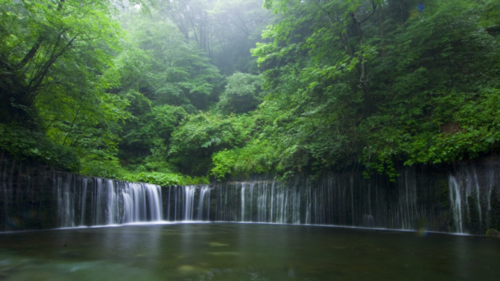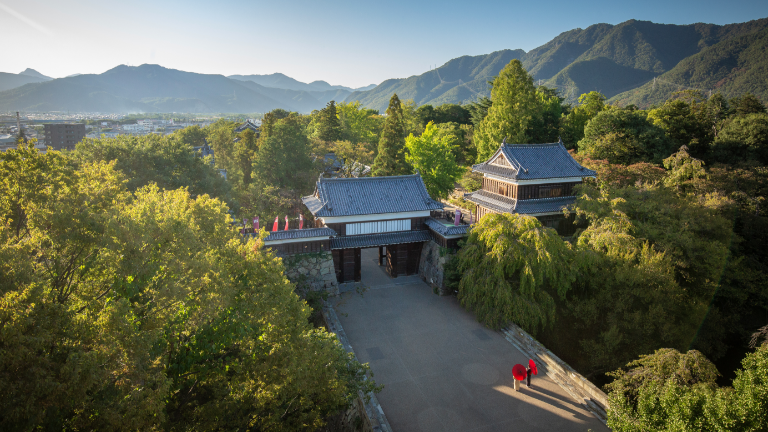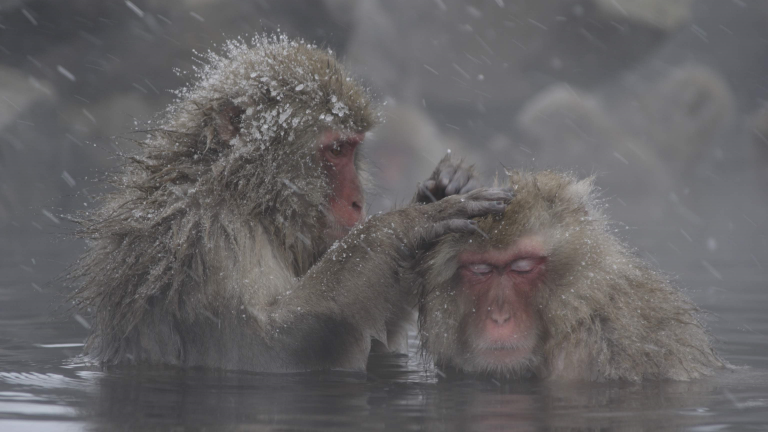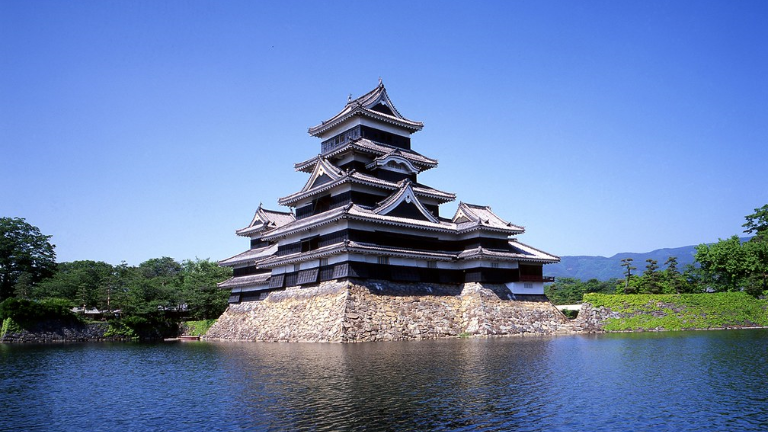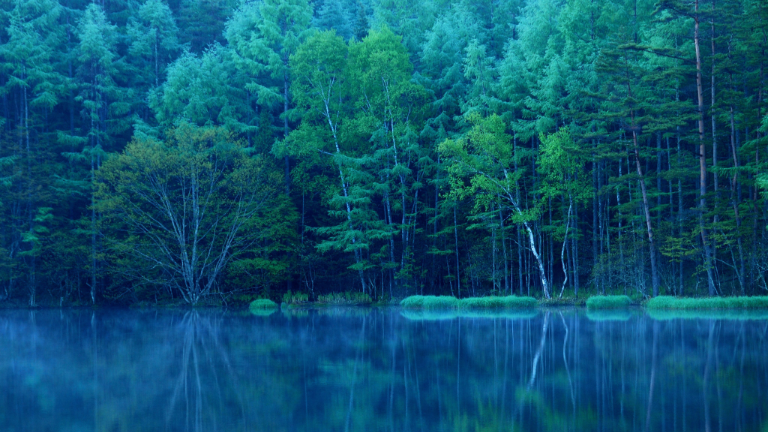A Trip Around Nagano's Must-see Sights
Tokyo In - Tokyo Out
Day 1
About an hour from Tokyo
Karuizawa
About 20 min by Shinkansen from Karuizawa
Ueda
About 30min by Train(Ueda Dentetsu) from Ueda
Bessho Onsen
About 30min by Train(Ueda Dentetsu) from Ueda
Day 2
About an hour by Train from Bessho Onsen
Nagano City
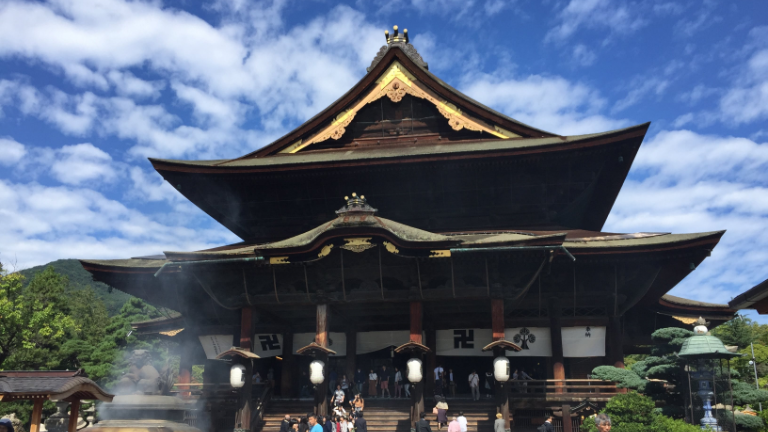
Zenkoji temple has been revered for over 1400 years as a center of Buddhist faith in Eastern Japan. Zenkoji houses the first Buddhist statue to come to Japan, attracting pilgrims from all denominations. You can even stay at one of the many lodges at Zenkoji to learn more about the lifestyle of Buddhist monk.
35min by Train from Nagano Sta.
Obuse
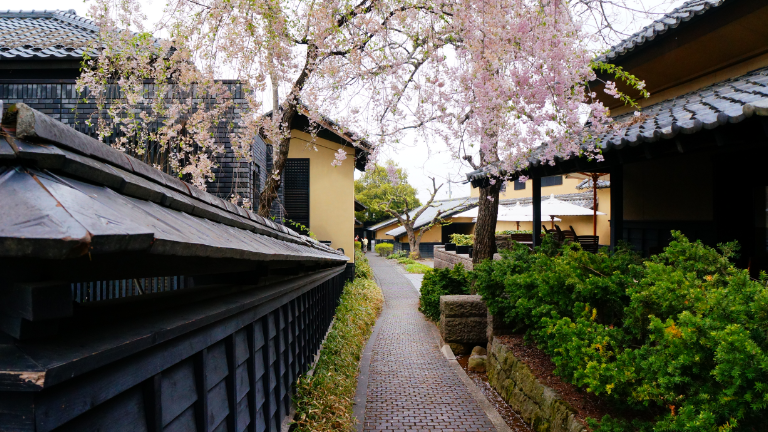
The Hokusai Museum in Obuse displays the works of famed ukiyo-e woodblock print artist Katsushika Hokusai. The artist lived out the last years of his life here in the quaint town of Obuse, under the patronage of a local wealthy merchant. Besides woodblock prints, the museum also houses two parade floats that feature artwork by Hokusai on their ceilings.
40min by Train and Bus from Obuse And you need to walk to Snow Monkey Park about 30 min.
Yudanaka (Yamanouchi Town)
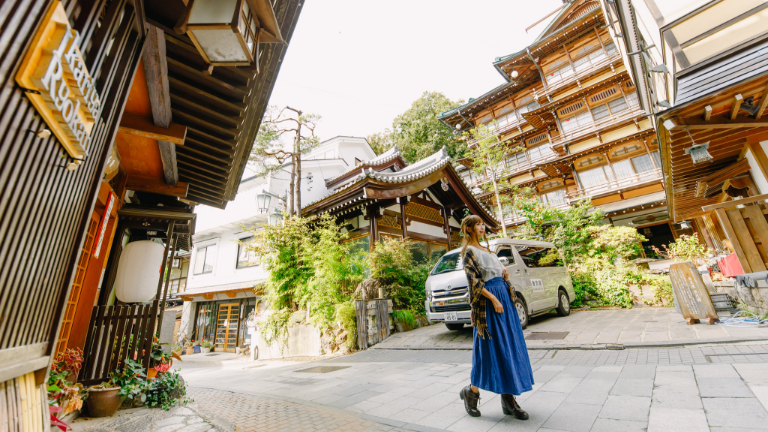
Since the first hot springs were discovered here over 1,300 years ago, this area has prospered as a hot spring resort. Its long history can be clearly seen in its narrow cobblestone streets, lined with rustic wooden inns and dotted with travelers in yukata robes and wooden geta sandals. The subtle smell of sulfur wafts through the air with the steam of nearby hot spring baths.
Day 3
About 2h 30min by Train from Yudanaka-Onsen
Matsumoto City
About an hour by Train from Matsumoto
Kiso Valley
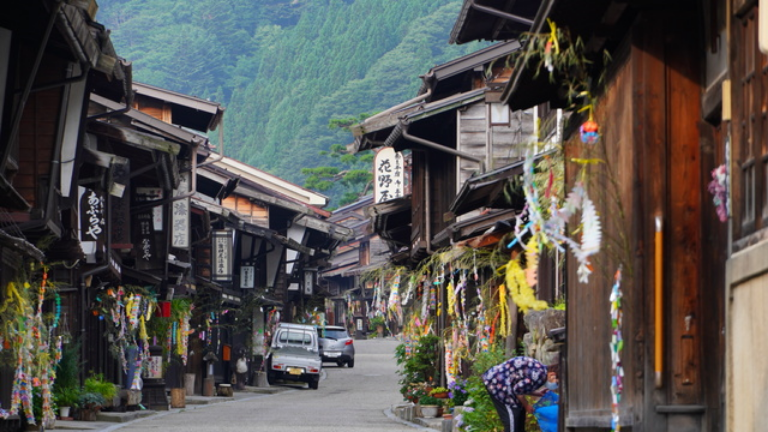
Narai is one of the 69 post-towns along the Nakasendo Road, which connected Kyoto and Edo during the Edo Period. It is also one of the longest such towns and is known as "Narai of a Thousand Houses." Walking along these ancient inns and shops surrounded by forests, you'll feel as if you've slipped back in time.
About 40min by Train from Narai-juku
Suwa
Day 4
Tokyo
About 2 hours by Train from Suwa. Enjoy Tokyo!


